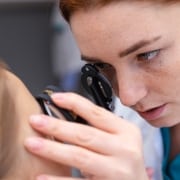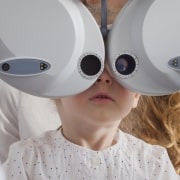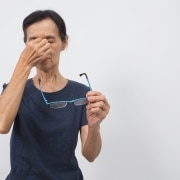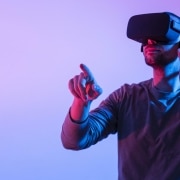How Screen Time Is Affecting Your Eyes and What You Can Do
Screens are everywhere—at work, at school, and at home. Whether you’re answering emails, helping your child with homework, or relaxing with a movie, your eyes are likely spending hours a day locked onto some kind of digital device. While technology has made life more efficient, that constant screen exposure can take a toll on your eye health, as your Wilmington, NC optometrist explains.
What Is Digital Eye Strain?
Spending extended time in front of a screen can lead to a condition called digital eye strain. The symptoms often build slowly and may include blurry vision, dry eyes, headaches, or a burning sensation. Some people also notice trouble focusing or increased sensitivity to light. It’s not always obvious, but the discomfort tends to worsen as the day goes on.
Why Screens Create Stress for Your Eyes
One major issue is blinking—or the lack of it. When you’re focused on a screen, your blink rate drops by nearly half. Blinking is how your eyes stay moist, so fewer blinks mean more dryness and irritation. In addition, the blue light that screens emit can contribute to fatigue and may even disrupt your sleep cycle when used late in the day.
Small Changes That Can Make a Big Difference
The 20-20-20 rule is a simple way to relieve strain: every 20 minutes, look at something 20 feet away for 20 seconds. This short break helps your eyes reset and stay relaxed.
Position your screen about an arm’s length away, slightly below eye level. Reducing screen brightness and minimizing glare can also ease the pressure on your eyes.
If you’re experiencing regular discomfort, talk to your optometrist about an eye exam in Wilmington, NC. They may recommend blue light-filtering lenses or personalized strategies to make screen time easier on your eyes. Taking action now can help preserve comfort and protect your vision long-term.








